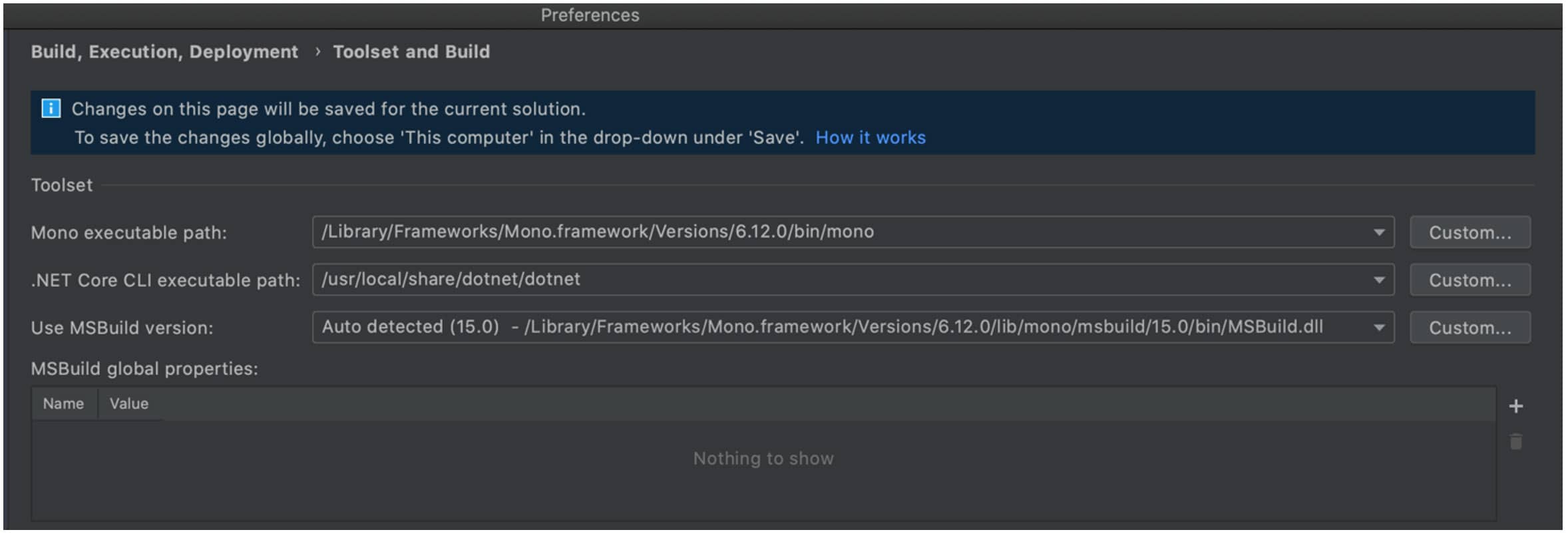
In the default Mode 1, only the Osc 1 sequence (or MIDI channel 1) triggers the VCA/envelope. There are two different paraphonic modes. So you have two semi-independent oscillators, with a single voice path through the VCA and filter: not truly polyphonic, but paraphonic. (MIDI channels 1 and 2 can also be used to play the Mono Station). But the Mono Station can use the Osc 2 sequencer to control the pitch of the second oscillator independently of the first. The Osc 1 sequence plays the synth as a whole, pitching the dual oscillators, gating the VCA and triggering the envelope in other words business as usual for the Bass Station or any typical monosynth. Dedicated velocity and gate length views are provided for adjusting these parameters on existing notes. Velocity is captured when recording live, but not via step entry (which would have been nice as an option). (As with the Circuit, there’s no on-board click, so if you’re working stand-alone it’s tricky to start off with real-time recording). Notes are entered into a Pattern by holding a step and selecting a note, or by real-time recording. Tapping the Osc 1 button brings up the first sequencer on the pads, presenting you with two octaves within the project’s scale, and 16 steps representing a Pattern. The Mono Station has just one synth but has kept both of the sequencers. The original Circuit has two note/gate sequencers, one for each of its internal Nova synths.

And then of course there’s this intriguing paraphonic business.
#REVIEW OF MONO FOR MAC COMPUTERS GENERATOR#
The version in the Mono Station is mostly a full transplant of the Bass Station II the most obvious compromises are the loss of one envelope generator and one LFO, but there are also several enhancements such as a new distortion mode and expanded mixer. It’s a versatile and sweet sounding monosynth. I’m guessing nearly every SOS reader has at some point played with, if not owned, a Bass Station in one of its incarnations. The pudding in question is the Bass Station II.

It might have been tempting to stereo-ise the output with showroom-friendly chorus or delay effects, but that would have over-egged and cheapened a perfectly tasty pudding. This is not an issue with the main output, which is a single quarter-inch TRS socket compatible with either balanced or unbalanced inputs. I couldn’t help noticing that the headphone port exhibited quite a bit of noise, including a faint bleed from the oscillators. This allowed me to plug in some headphones and get a sequence going with barely time for the eagerly discarded packaging to hit the floor. The Mono Station shares most of its basic operational concepts with the vanilla Circuit, utilising the pad grid in various modes or views for performance and sequencing, pattern triggering, project management, etc. There’s also no built-in speaker, so the Circuit remains the truly mobile Novation workstation, though the Mono Station is super-portable by anyone else’s standards.

Like the Circuit, the Mono Station requires too much juice to be USB-powered, and in this case can’t use batteries either, so the AC adaptor is a permanent fixture. The Mono Station is also a bit thicker, making it stand proud of the classic Circuit when they sit side by side. The top half houses the generously appointed synth control section, which makes the Mono Station 5cm larger front to back. The bottom half of the panel is mostly the same as the original Circuit, with some of the pads redefined for different functions. All of this could be divined simply by looking at the unit. The Circuit Mono Station has a simple concept: combine the performance and sequencing side of the Circuit with an analogue monosynth, and add some scope for integration into a larger synth setup. When I saw that the new variant had an on-board analogue synth and modular-friendly CV, Gate and Clock connections I figured I wasn’t the only one thinking this way (and I was more than a little covetous). More recently my Circuit has been in almost permanent service as a modular synth sequencer via the MIDI to CV converters on my Make Noise 0-Coast synth.
#REVIEW OF MONO FOR MAC COMPUTERS PORTABLE#
I bought one to use as a portable groovebox to noodle with around the house, but ended up mainly using it with other gear and software because of its brilliantly fast hands-on sequencing system. Novation’s original Circuit is an all-in-one musical sketchpad, which marries a pad grid controller with two polyphonic digital synths and a four-part drum machine. Could a mash-up of Novation’s Circuit and Bass Station II with a pinch of modular connectivity be the perfect recipe for the modern monosynth?


 0 kommentar(er)
0 kommentar(er)
